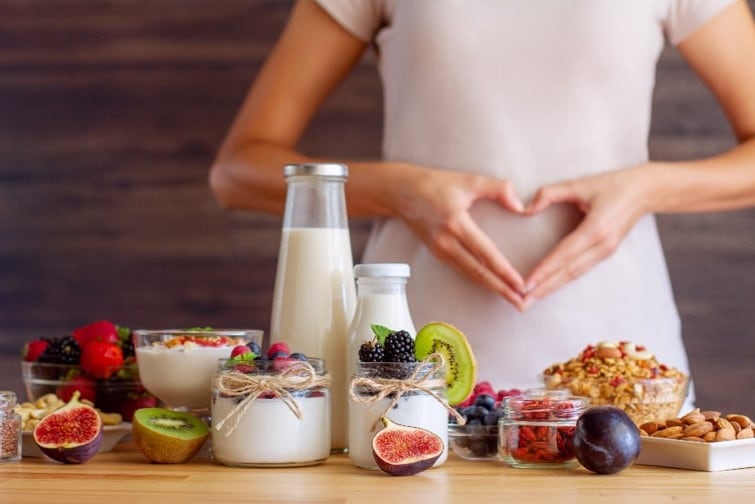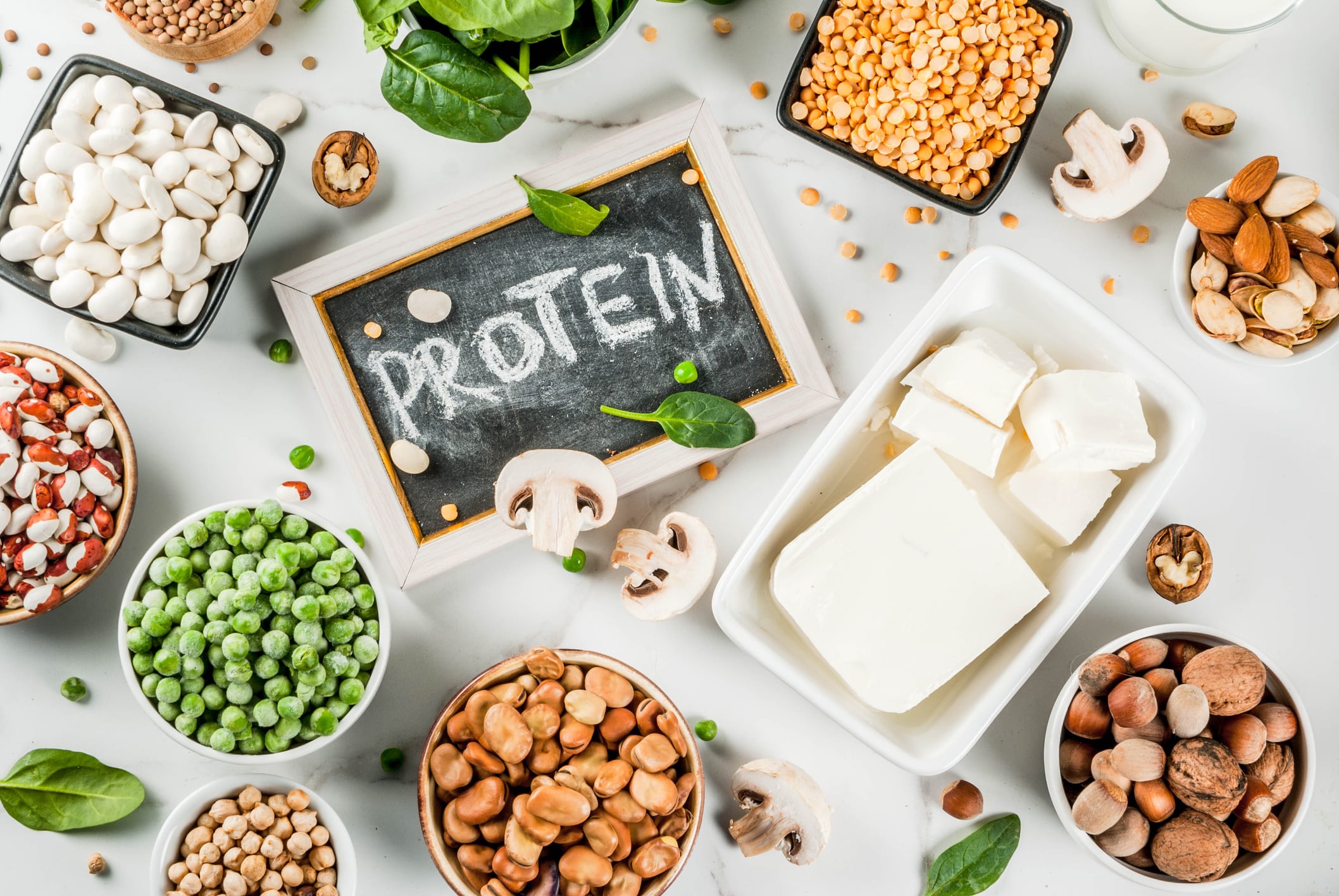In parallel, probiotics and ingredient firms are looking for ways to use new bacterial strains to deliver probiotic health benefits. However, working with these microorganisms can be difficult.
With their stability and resilience, spore-forming bacteria are gaining attention for potential health-promoting applications, Robyn Eijlander, Project Manager and Scientist Microbiology and Food Safety at NIZO, explains the benefits and challenges of choosing a spore-forming bacterium as a probiotic.
What are probiotics, and which bacterial strains are most commonly used?

Robyn Eijlander: “The UN’s Food and Agriculture Organization (FAO) defines probiotics as “live microorganisms which, when administered in adequate amounts, confer a health benefit on the host”.”
“Supplementing the gut’s natural microbiome with probiotic strains may deliver gut health benefits and help ensure a healthy balance of the naturally occurring bacteria.
“Probiotics may also offer immune health and anti-inflammatory benefits, and we are seeing possible applications in everything from mental, skin and vaginal health to physical performance.
“Some of the most commonly used probiotics include Lactobacillus and Bifidobacterium strains; these bacteria are often found naturally in the guts of healthy individuals.
“As they are part of the normal human microflora, they are much more likely to successfully colonise the recipient or be metabolically active.
“Other ‘traditional’ options include, for instance, Streptococci and Saccharomyces (a yeast), while novel, or ‘next-generation’ probiotics include Faecalibacterium prausnitszii, Akkermansia muciniphila, Anaerobutyricum soehngenii and Bacteroides and Roseburia.”
What are the challenges in adding probiotics to a product?
RE: “Different probiotics may do their work in the small or large intestine. But to deliver the potential health benefit, sufficient living bacteria need to arrive at the desired location in the gut after oral
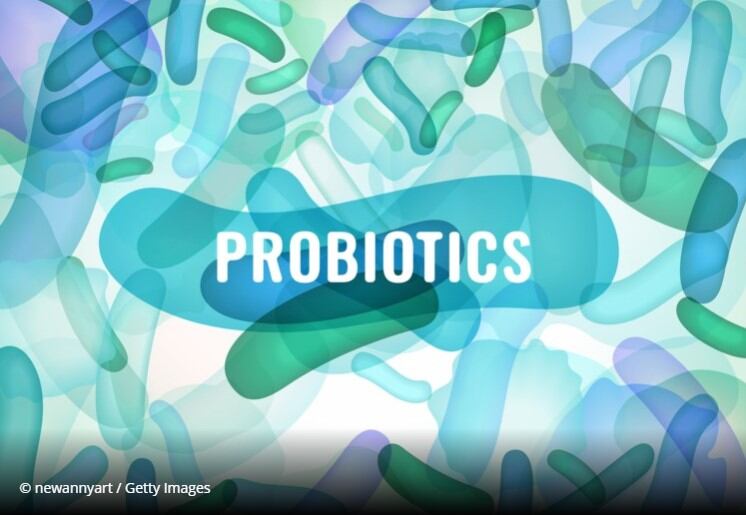
ingestion, and survive, for instance, the acid conditions in the stomach.
“In addition, the bacteria may be exposed to harsh conditions during their production process and in a food application.
“Probiotics need to arrive at the desired location in the gut after oral ingestion, and survive, for instance, the acid conditions in the stomach.
“When probiotics are administered as a supplement, they can be kept in a dry form, and protected from environmental stressors by the packaging, or in capsules, etc., until they are ingested by the consumer.
“But when probiotics are delivered in a food or beverage, they go through the product manufacturing processes, including steps intended to kill off unwanted bacteria, such as pasteurisation.
“These treatments of course can kill off desired bacteria just as easily. The probiotic bacteria also come into contact with the food matrix and the other ingredients.
“If this environment is not good for the microorganisms, they can quickly die off. One example is if the food is quite acidic.
“Another challenge is that some bacteria are anaerobic, so oxygen is toxic to them. This makes them particularly difficult to work with.
“They may be slow to grow, or difficult to keep alive, and many do not automatically meet the good manufacturing practices (GMP) and food grade quality requirements for safe commercialisation.”
How can spore-forming bacterial strains help overcome those challenges?
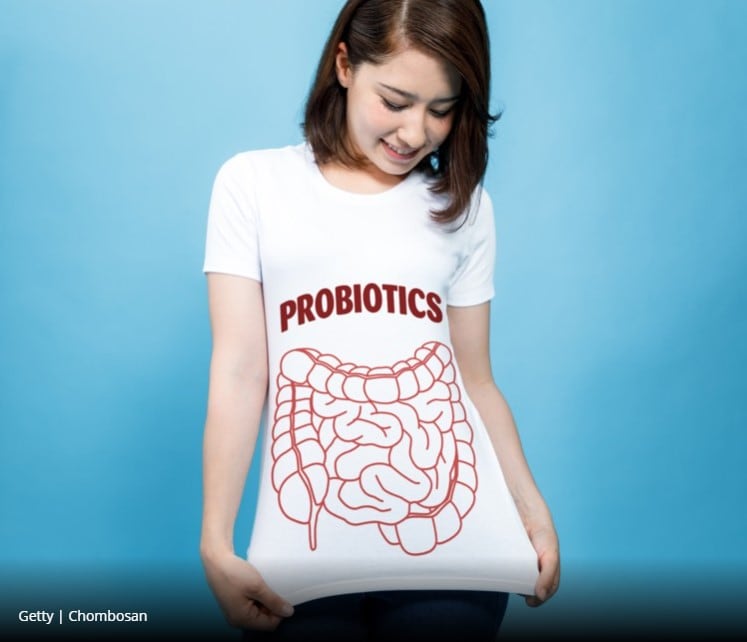
RE: “Actively growing ‘vegetative’ bacteria tend to be sensitive to harsh conditions. Spore-forming bacteria, on the other hand, can form dormant spores as a survival mechanism in adverse conditions.
“These hardy and resistant spores can germinate and return to metabolically active bacteria when conditions are favourable.
“By controlling processing and storage conditions, manufacturers can ensure the spores arrive in the digestive system.
“As probiotics, therefore, they offer stability and ease of use, during processing and also in the food or beverage product itself.”
Are spore-forming bacteria safe to use as probiotics?
RE: “When selecting any probiotic, safety comes first. Some of the factors you need to look for include pathogenicity (virulence), toxin production and resistance to antibiotics.
“In silico exploration can help in selecting promising candidates. DNA sequencing can provide important information on genetic dispositions.
“The bacterial genome holds a wealth of information to help you focus on the most promising strains, saving time and costs on laboratory and clinical studies.
“Many Bacilli, including Bacillus subtilis (which is the reference species for spore-forming probiotics), are not pathogenic but can produce surfactants and biogenic amines, which may be toxic at high levels.
“However, the presence of genes involved in the production of these compounds doesn’t mean the bacteria will actually produce high levels of them, or indeed at all.
“And as long as the bacteria are in their dormant spore state, they do not produce toxins. Nevertheless, production of toxic compounds by Bacillus probiotic strains upon germination and outgrowth in the gut must be controlled.
“In addition, when applied as a probiotic food or beverage product, you must put in place the right preservation systems to ensure the bacteria do not germinate and grow in the product.”
How do you screen for and select a spore-forming probiotic bacterial strain?
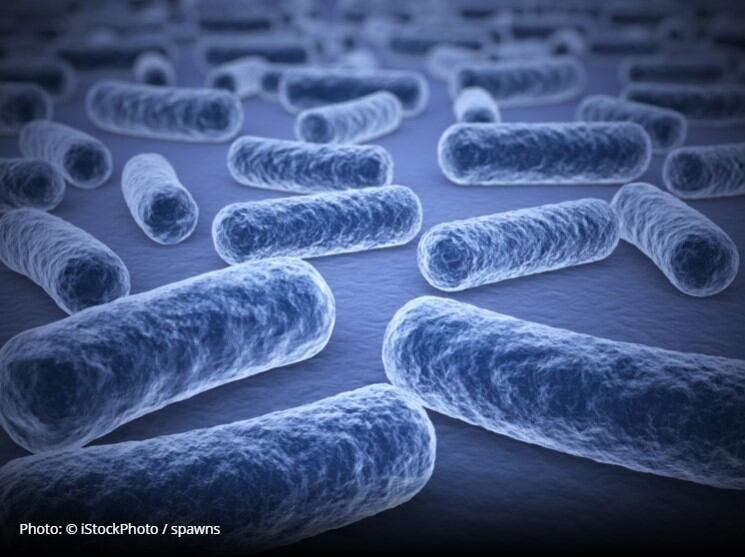
RE: “Beyond safety, you want to test for potential health benefits. Screening assays can evaluate specific gut health or immune modulating functionalities, for example.
But you also need to understand how the spore-forming bacteria may react under processing conditions, in the food itself, and upon entering the gastro-intestinal tract.
“In vitro studies can simulate the processing conditions in the lab, to provide insight into reactions under different conditions.
“Digestive models then enable you to see what happens to the spores as they make their way through the digestive system. Do they germinate, and where?
“With vegetative bacteria, if the manufacturing process or the application in a product does not support viability of the cells, the microorganisms will die off very quickly.
“You will see this result almost immediately in shelf-life tests. But shelf-life tests for products containing spore-formers generally need to be longer, because the hardier spores may be able to survive the conditions for longer before dying.
“Importantly, the moment of germination matters: if it happens pre-maturely in the product, the bacteria become as sensitive as non-spore-formers.
“These aspects all need to be taken into consideration when screening for and selecting a spore-forming probiotic bacterial strain.
“Overall, with spore-formers, you need to understand that what you have at the beginning may be different from what you have at the end.
“However, if you take a knowledge-based approach to selecting and evaluating the bacteria, they may offer a probiotic solution for food and beverage manufacturers that is easier to use and stable.”

